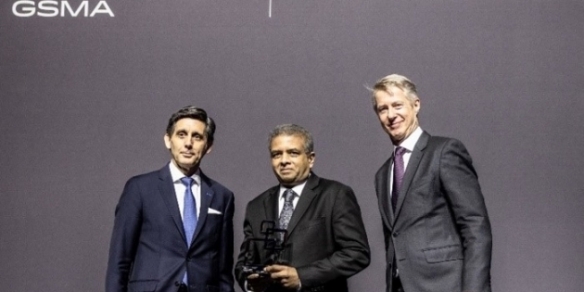Go agile or go the way of the dodo: Gartner
By Edwin Yapp February 4, 2015
- Business and IT leaders must take bold action
- Vendors that cannot support agile IT will become irrelevant

ENTERPRISES embracing rapid change in the way they do business may have been all the talk in 2014, but this is the year they must put their money where their mouth is, according to Gartner Inc.
Speaking to the media in Kuala Lumpur recently, Gartner research director Daryl Carlton argued that business agility is no longer an option for enterprises the way it was some years ago.
And he warned that those which do not re-engineer their processes and use technology to support this change will be left behind in the near future.
Carlton said the first thing that enterprises need to do as a digital business is to be adaptive and responsive to their customers. To do so effectively, they would need to implement “unstable processes.”
“Businesses have to deliberately design their business process to be ‘unstable.’ By that, we mean that the processes themselves must be agile and adaptable to changing customer demand.
“This is in direct opposition to the traditional concept of IT gathering fixed requirements [from business units]. It changes the culture of requirement-gathering and systems implementation across organisations [so] that IT is able to support responsive and flexible architecture and systems,” he said.
Carlton said that based on Gartner’s research, 70% of successful digital business models will rely deliberately on unstable processes designed to shift, as their customers would demand this by 2017.
To implement successful digital business transformation initiatives, Carlton urged business and IT leaders to take bold action, whether they are ready or not.
They must be willing and able to innovate the way they do business, radically rethinking their business models and not simply apply digital technology to existing business models, he added.
According to Carlton, deliberate unstable processes are designed for change and can dynamically adjust according to customer needs.
This methodology could be the competitive differentiator for successful enterprises, as it supports customer interactions that are unpredictable and require ad hoc decision-making to enable the larger, more stable processes to continue, he explained.
 Vendors, be on guard
Vendors, be on guard
Carlton (pic) also had a warning for traditional IT vendors, saying that in tandem with customers shifting towards this agile trend, vendors would also need to reposition themselves as agents of change in order to effectively support such organisations.
According to a survey Gartner conducted amongst chief information officers (CIOs), 70% noted that they would consider changing their IT vendors within the next three years, he said.
While 32% said they may not know who their new IT vendors would be in three years’ time, what’s certain is that current incumbent service providers are unlikely to be the ones that would continue serving them, he said, citing the survey.
The direct implication of this trend is that vendors which cannot deliver the agility or support the unstable processes that enterprises need would become irrelevant.
Carlton argued that many big IT firms haven't responded to market demands of what IT should be, that is, to be agile.
Postulating that these IT vendors needed to satisfy their current customer base and are therefore continuing to do business the way they have always been doing, he added, “Often, big IT firms are so focused on serving their customers’ current needs that they can easily miss the changes occurring.”
“It takes a lot longer for a vendor to change its product than it does for a consumer to change its behaviour in terms of buying patterns. Thus, successful IT companies can miss the market changes and merely focus on continuing to do what made them successful in the first place,” he said.
Cartlon argued that today’s business environment has changed, and what made vendors successful before is not what’s going to make them successful going forward.
“For example, the big ERP (enterprise resource planning) apps need consultants to deploy them. But today, what companies are looking for is self-deployment, management and systems that only need a handful of people … rather than what it was like in the client-server world,” he added.
Asked what these big firms should do to survive, Carlton said they would need to offer the genuine cloud-based solutions the market is demanding.
He added that in the near future, the enterprise architecture would have very limited focus (only about 20%) on technology. Instead, 80% of time and energy would be focused on interfaces and performance.
“The enterprise architecture has shifted from enabling IT, to becoming a strategic discipline focused on leading business and IT responses to disruptive trends.
“Most enterprises will acquire solutions from the cloud and won’t be concerned about the underlying technology. They will focus on business outcomes, processes and results, and information architecture instead,” said Carlton.
Carlton said the result of this shift means that enterprise architects are increasingly working with other IT leaders, domain-focused architects, and third parties to support, enable and empower them to be more effective at developing detailed deliverables.
“This could cover technology, applications, information, process and infrastructure – rather than trying to assume all this work themselves.”
Related Stories:
CIOs who don't evolve in the cloud era will be replaced
Lean IT emerges as potential aid for CIO struggles
Enterprises need to think like startups and go bimodal: Gartner
Enterprises still facing ‘rogue IT’ challenges: Red Hat
For more technology news and the latest updates, follow us on Twitter, LinkedIn or Like us on Facebook.


